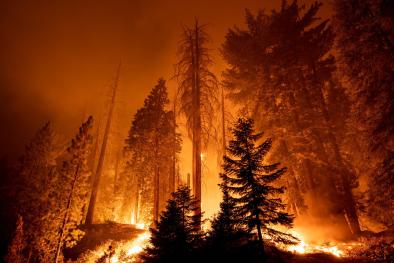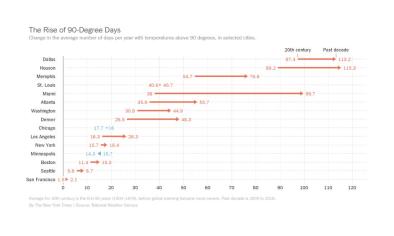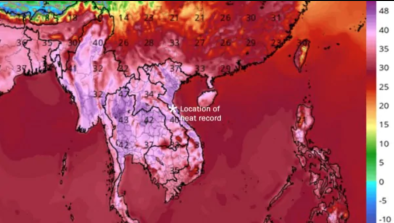Science Source
Separating signal and noise in atmospheric temperature changes: The importance of timescale
- Compares global‐scale changes in satellite estimates of the temperature of the lower troposphere (TLT) with model simulations of forced and unforced TLT changes
- Uses observed estimates of the signal component of TLT changes and model estimates of climate noise to calculate timescale‐dependent signal‐to‐noise ratios (S/N)
- States that these ratios are small (less than 1) on the 10‐year timescale, increasing to more than 3.9 for 32‐year trends
- States that this large change in S/N is primarily due to a decrease in the amplitude of internally generated variability with increasing trend length
- States that — because of the pronounced effect of interannual noise on decadal trends — a multi‐model ensemble of anthropogenically‐forced simulations displays many 10‐year periods with little warming
- Concludes that a single decade of observational TLT data is inadequate for identifying a slowly evolving anthropogenic warming signal
- Results show that temperature records of at least 17 years in length are required for identifying human effects on global‐mean tropospheric temperature
Related Content
Headline

Nov 18, 2021 | Climate Nexus Hot News
Number Of Hot Summer Days That Fuel Wildfire Spread Will Rise
Science Source
| Geophysical Research Letters
Evaluating the performance of past climate model projections
Zeke Hausfather, Henri F. Drake, Tristan Abbott et al
Headline

Jul 24, 2019 | New York Times
Boston Has Become New York
Headline

Apr 23, 2019 | Washington Post
Vietnam just observed its highest temperature ever recorded: 110 degrees, in April


